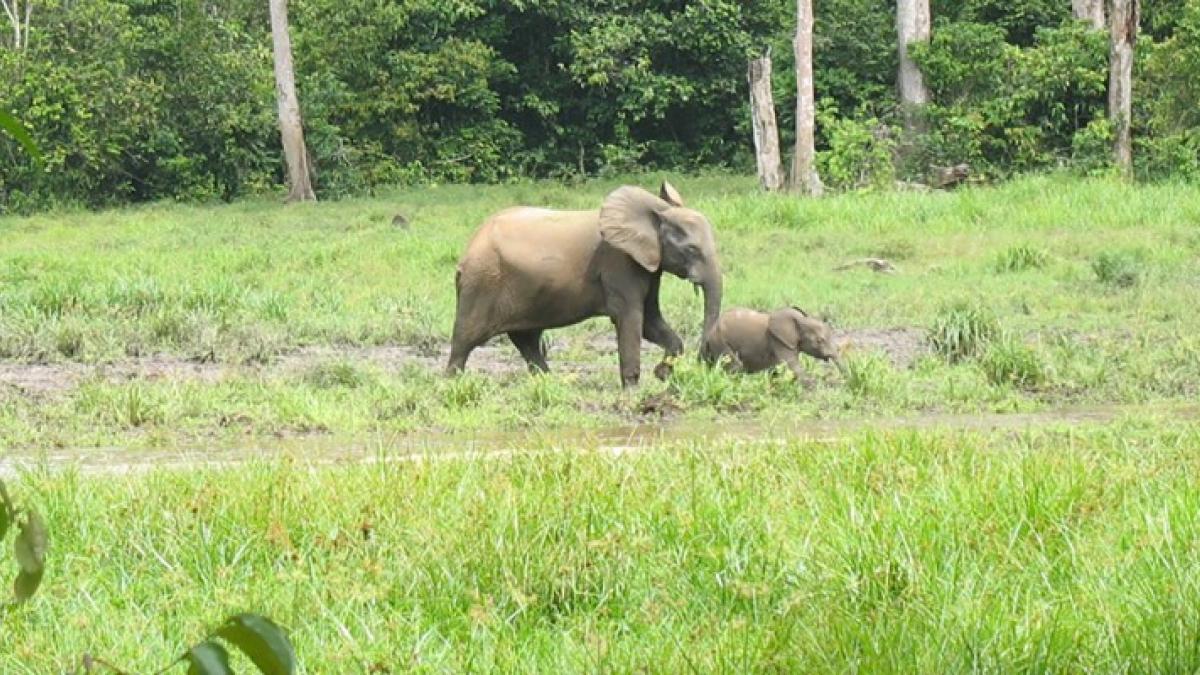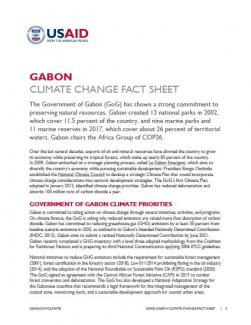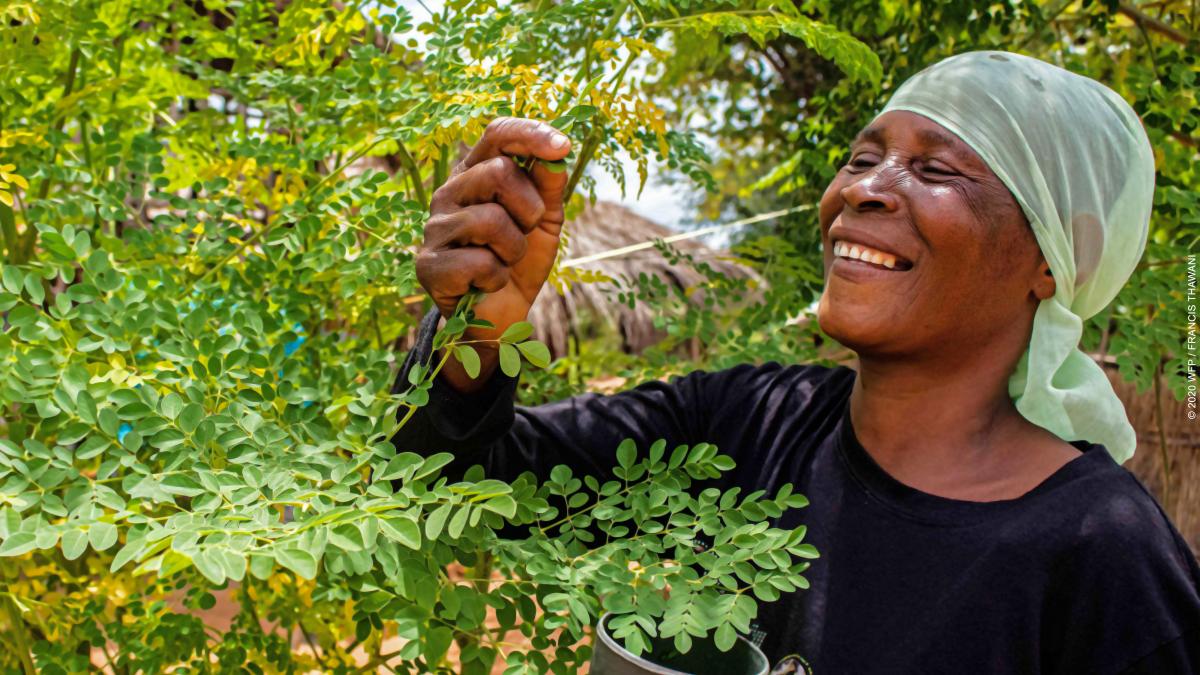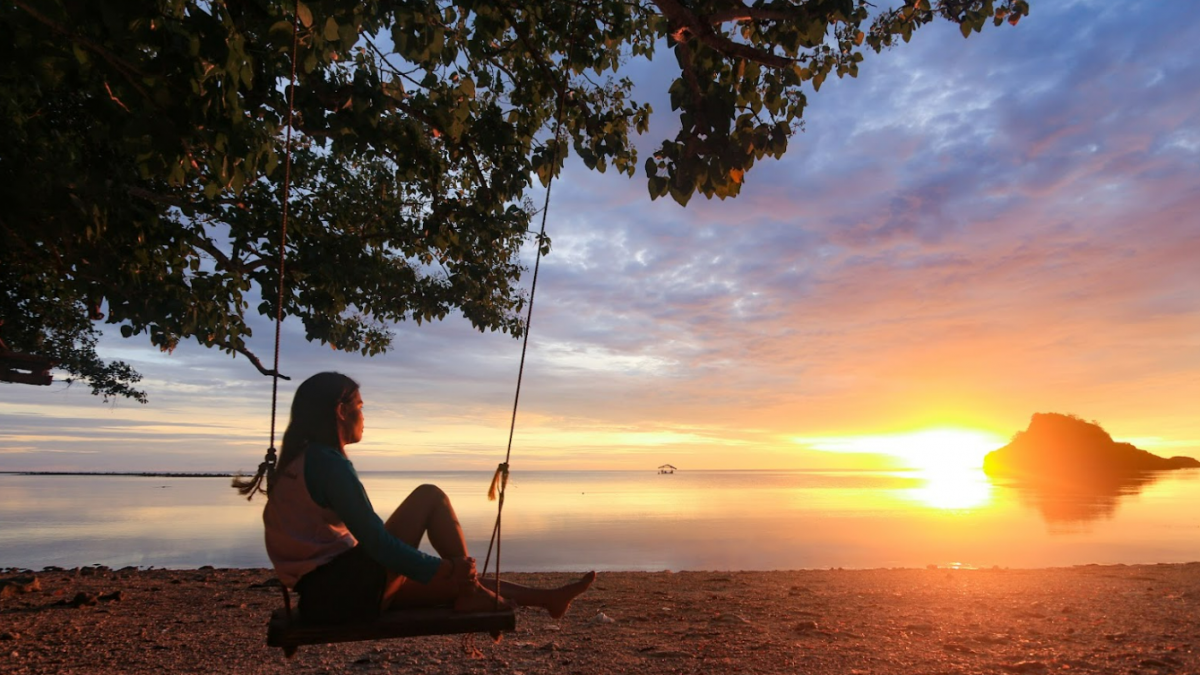Over the last several decades, exports of oil and mineral resources have allowed the country to grow its economy while preserving its tropical forests, which make up nearly 85 percent of the country. In 2009, Gabon embarked on a strategic planning process, called Le Gabon Emergent, which aims to diversify the country’s economy while pursuing sustainable development. President Bongo Ondimba established the National Climate Council to develop a strategic Climate Plan that would incorporate climate change considerations into sectoral development strategies. The GoG’s first Climate Plan, adopted in January 2012, identified climate change priorities. Gabon has reduced deforestation and absorbs 100 million tons of carbon dioxide a year.
Government of Gabon Climate Priorities
Gabon is committed to taking action on climate change through several initiatives, activities, and programs. On climate finance, the GoG is asking why reduced emissions are valued more than absorption of carbon dioxide. Gabon has committed to reducing greenhouse gas (GHG) emissions by at least 50 percent from baseline scenario emissions in 2025, as outlined in its Gabon’s Intended Nationally Determined Contribution (INDC, 2015). Gabon aims to submit a revised Nationally Determined Contribution by June 2021. Gabon recently completed a GHG inventory with a level three adapted methodology from the Coalition for Rainforest Nations and is preparing its third National Communication applying 2006 IPCC guidelines.
National initiatives to reduce GHG emissions include the requirement for sustainable forest management (2001), forest certification in the forestry sector (2018), Law 011/2014 prohibiting flaring in the oil industry (2014), and the adoption of the National Roundtable on Sustainable Palm Oil (RSPO) standard (2020). The GoG signed an agreement with the Central African Forest Initiative (CAFI) in 2017 to combat forest conversion and deforestation. The GoG has also developed a National Adaptation Strategy for the Gabonese coastline that recommends a legal framework for the integrated management of the coastal zone, monitoring tools, and a sustainable development approach for coastal urban areas.
USAID’S Climate Change Program: Objectives and Results
USAID has supported the GoG’s development and climate priorities through natural climate solutions programs and partnerships.
Natural Climate Solutions
Since 2005, USAID has supported improved natural resource management in Gabon through Enhancing Capacity for Low Emission Development Strategies (EC-LEDS), the Central Africa Regional Program for the Environment (CARPE), and SilvaCarbon. U.S. government implementing partners of these programs include the U.S. Fish and Wildlife Service, the U.S. Forest Service, and the U.S. Geological Survey.
Key Results
Key results from USAID’s support to the Government of Gabon to reduce land-based emissions include:
- Supported Gabon’s first National Resources Inventory to monitor natural resources, quantify carbon stocks, collect land use plan data, calibrate and ground-truth remote sensing data, and inform climate change policy.
- Supported the development of techniques to measure biodiversity co-benefits and integrate high conservation value forests into carbon monitoring.
- Supported the establishment of a national Measurement, Reporting, and Verification system.
- Worked with the GoG to develop and adopt best practice guidelines for forestry and agricultural development in buffer zones.
- Supported the Gabonese National Parks Agency (ANPN) to develop and implement national park management plans in priority biodiversity areas.
- Supported ANPN to more effectively operate and manage national parks to preserve the forests of Gabon central to calculate the Forest Reference Emission Level (FREL) for reduced emissions payments through the CAFI.
- Collaborated with Gabonese Studies and Space Observations Agency (AGEOS) to train technical partners on remote sensing and other mapping technologies for monitoring forests and land-use change.
Key Programs
SilvaCarbon: Strengthens the technical capacity of government partners for measuring, monitoring, and reporting on forest and terrestrial carbon.
Central Africa Regional Program for the Environment (CARPE): Promotes sustainable forest management, biodiversity conservation, and climate change mitigation in the Congo Basin through increased local, national, and regional natural resource management capacity.
For More Information




